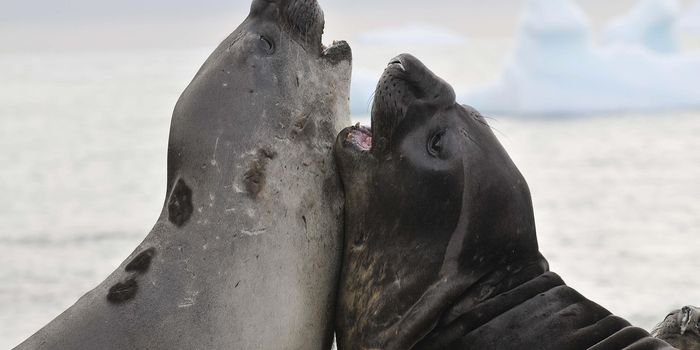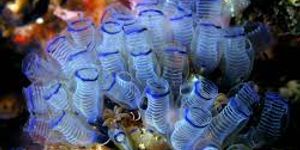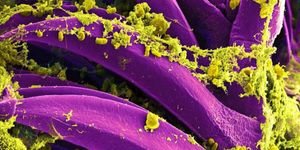This Lizard Blows Bubbles to Breathe Underwater
Several species of anolis lizards blow bubbles from their noses to breathe underwater, according to research published in the scientific journal Current Biology this month. While aquatic insects have been documented ‘rebreathing’ air, this ability in the anole a surprising first for reptiles.
Researchers learned that when anole lizards dive underwater—whether to forage for food or escape tropical predators—their rough, water-repellant skin retains a very thin layer of air against the surface of the anole’s body. This silvery wetsuit is called a plastron.
As the submerged anole breathes out through its nose, the plastron expands to form a bubble on the lizard’s head. With the anole’s next inhale, its last breath becomes its next breath—a biological version of the rebreathers than human divers use to conserve and recycle their oxygen supply underwater.
The researchers suggest that the anole’s air bubbles function as a ‘physical gill,’ allowing exhaled carbon dioxide to exit and fresh oxygen to enter from the surrounding water. The rebreathing technique may also allow a diving anole to access the oxygen stored in the plastron itself, study authors say.
Semi-aquatic anoles—which have been observed in the wild diving for up to 16 minutes without resurfacing—were much more likely to exhibit rebreathing behavior in the Current Biology study, which examined 20 of the over 400 anole species. Phylogetic analysis revealed that the six water specialists that performed best in the trials come from distant branches of the anolis genus, allowing researchers to conclude the rebreathing behavior evolved in several distinct lines.
And while some of the anole species studied didn’t exhibit rebreathing, the silvery plastron formed around every individual tested for the study—in contrast to lizards from other genera examined as controls. Since even anole species that aren’t found near water in the wild form plastrons, it’s unlikely it evolved as a diving adaptation or to facilitate rebreathing, the authors said. Instead, the anoles’ hydrophobic skin was ‘exaptive’—one of evolution’s happy accidents that proved useful in a different context than it was originally selected for.








